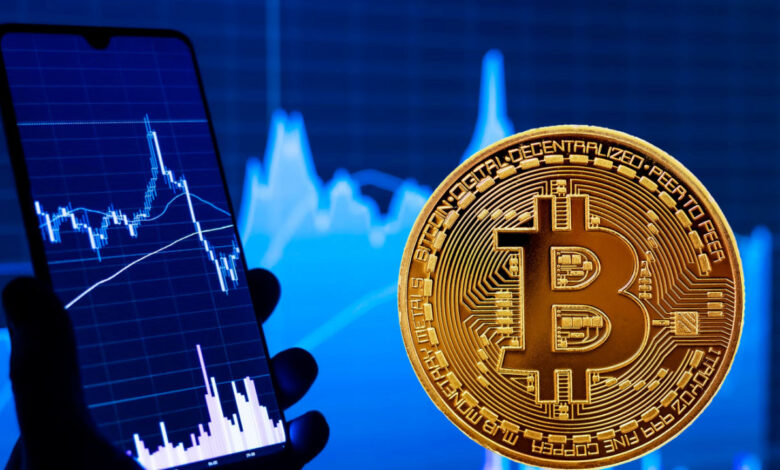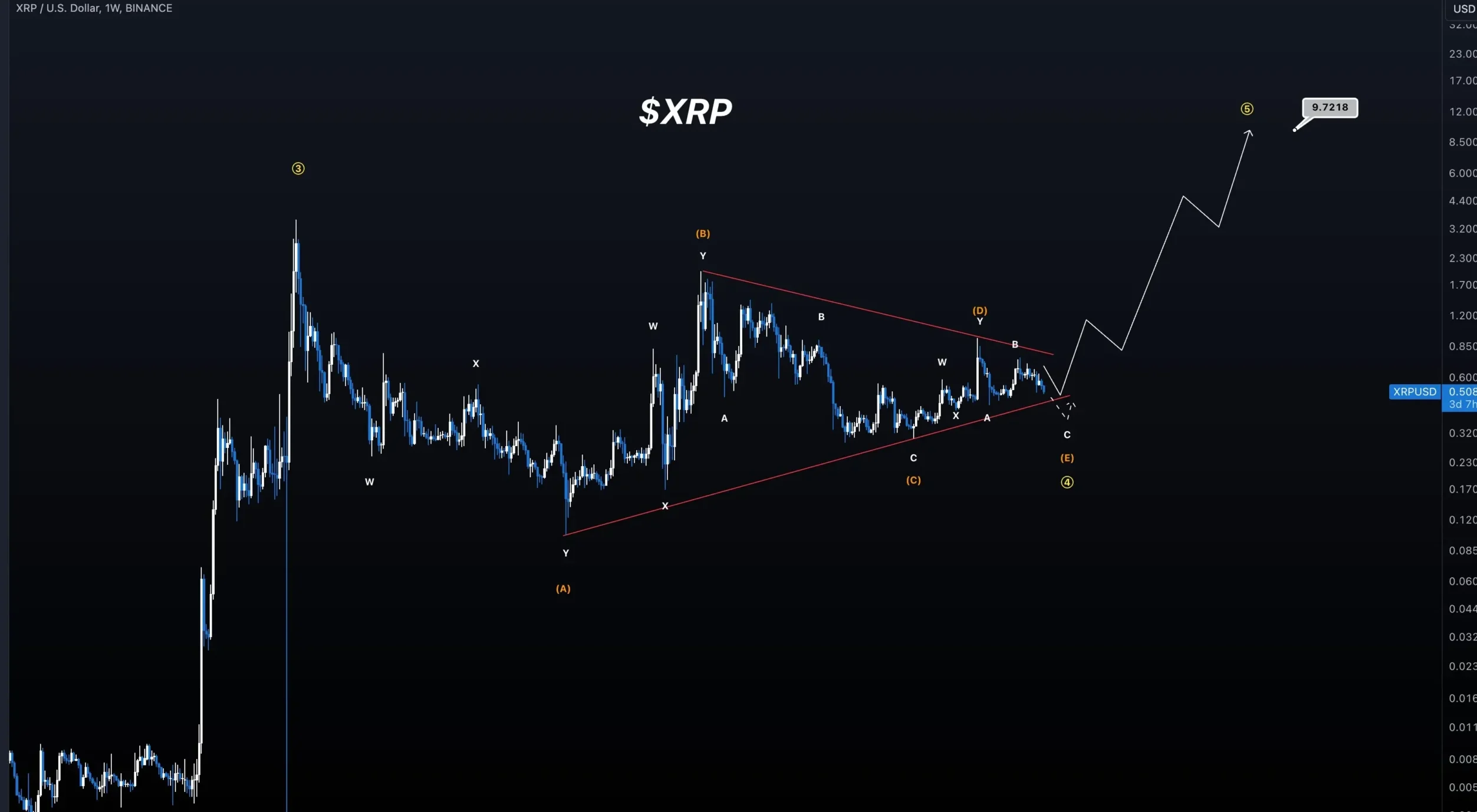Bitcoin Falls Below $105K; Flare (FLR) Surges in Crypto Market

Investors, dealers, and blockchain enthusiasts worldwide have paid close attention to the notable swings in the bitcoin market on June 2, 2025. Leading Cryptocurrency Market capitalization, Bitcoin fell below the psychologically significant $105,000 threshold, sending waves across the digital asset ecosystem. Flare (FLR), a newcomer to the smart contract and interoperability scene, surged remarkably to take first place among daily gainers. This paper closely examines the current fluctuations in the price of cryptocurrencies, the underlying causes driving these variations, and the broader implications for the digital Crypto Market.
Bitcoin Price Volatility and Macroeconomics
Often considered the bellwether for the entire crypto market, Bitcoin (BTC) experienced an apparent decline on June 2, with its price dipping below $105,000 following a minor surge in late May. Reflecting the mix of trader profit-taking and rising market volatility typical of the cryptocurrency’s price behavior, this dip shows that Macroeconomic events, including institutional adoption, interest rate announcements, legislative developments, and global economic conditions, often impact the price volatility of bitcoin.

Particularly after exceeding the $110,000 mark earlier this month, the pullback below $105,000 is noteworthy, as it disrupts the momentum Bitcoin had accumulated in previous weeks. Particularly from large countries like the United States, the European Union, and China, market analysts believe that the price movement of Bitcoin is directly related to investor sentiment regarding legislative changes. As Bitcoin competes with conventional financial assets for investor attention, the Federal Reserve’s stance on interest rates and inflation expectations continues to pressure it indirectly.
Flare’s Innovative Integration Drives Cryptocurrency Surge
On June 2, Flare (FLR) became the top gainer among the leading cryptocurrencies, in sharp contrast to the drop in Bitcoin. With its creative use of the Ethereum Virtual Machine (EVM) and ability to enable distributed finance (DeFi) applications across different networks, Flare Network—which concentrates on integrating innovative contract capabilities with existing blockchains such as XRP Ledger and Litecoin—has gained traction.
Several factors, including recent alliances with top blockchain projects, forthcoming protocol updates, and increasing developer interest, help justify Flare’s price surge. Promising high throughput and scalability, the Avalanche consensus protocol on the platform enhances its attractiveness as well. Flare’s ability to connect ecosystems, which enables assets typically incompatible with smart contracts to interact effortlessly with DeFi platforms, is drawing investors more and more. This compatibility enhances the value proposition of the token, thereby stimulating demand and, consequently, driving a price increase.
Evolving Dynamics in the Bitcoin and Digital Asset Markets
The current behavior of the bitcoin market reflects broader patterns transforming the landscape of digital assets. The diversification in the industry is evident through the interaction between traditional cryptocurrencies like Bitcoin and Ethereum (ETH) and innovative initiatives like Flare. While Bitcoin remains the principal store of value and defense against conventional market volatility, newly developed tokens are taking center stage by filling specific technological gaps or niches, including scalability, interoperability, and privacy.
The leading innovative contract platform, Ethereum, is transforming the market dynamics with significant improvements aimed at enhancing transaction speed and reducing fees. These developments indirectly impact altcoins like Flare, which utilize Ethereum’s technological stack for greater relevance.
In the realm of cryptocurrencies, investor behavior is becoming increasingly complex, as it combines strategic long-term holdings with speculative trading. Hedge funds and asset managers, among other institutional investors, are getting more active, therefore complicating price discovery. Furthermore, important in determining market attitude and capital flows is regulatory clarity, or lack thereof.
Bitcoin and Flare Market Dynamic
Technically, Bitcoin’s decline below $105,000 implies possible short-term bearish pressure, but it does not always indicate a protracted downturn. Key support levels of around $100,000 and $95,000 are under constant observation, as past buying interest has concentrated in this area. Should Bitcoin rapidly recover current levels, it could start its increasing trend and maybe challenge new all-time highs.
With rising volume and strong momentum, Flare’s recent surge suggests the token’s ability to maintain its gains should be expected as developments materialize. To evaluate Flare’s long-term viability, market experts advise tracking its on-chain activity, announcements of partnerships, and expansion of the developer community.
The natural volatility of the bitcoin market means that sudden price swings are to be expected, so investors should maintain a reasonable perspective. Navigating the ever-changing crypto landscape requires diversification across multiple digital assets, staying informed about technological advancements, and being aware of legal implications.
Key Influencers Shaping Crypto
Key to market psychology are still prominent figures like Elon Musk, who continues to influence Bitcoin and other cryptocurrencies through social media commentary and corporate actions. Likewise, leaders of major cryptocurrency exchanges, such as Brian Armstrong of Coinbase and Changpeng Zhao of Binance, play a crucial role in determining market accessibility and regulatory compliance.

The maturity of the ecosystem is significantly enhanced by institutions like Grayscale Investments, which provides Bitcoin Investment Trusts, and blockchain development companies like ConsenSys. These companies offer capital as well as technological innovations, thereby encouraging the broader acceptance and integration of blockchain technologies in the financial sector.
Final thoughts
Examining papers on Bitcoin’s market cycles, Ethereum’s upgrade plan, and the principles of smart contract platforms will help readers interested in a more general background and past price movements. Authoritative insights can be gained by connecting to reliable materials, such as official Flare Network documentation, CoinMarketCap data, and U.S. Securities and Exchange Commission (SEC) regulatory updates.
Including references to studies published by organizations like the Blockchain Research Institute, as well as analysis from financial media sources such as Bloomberg and Reuters, will help make the piece more credible and relevant.




